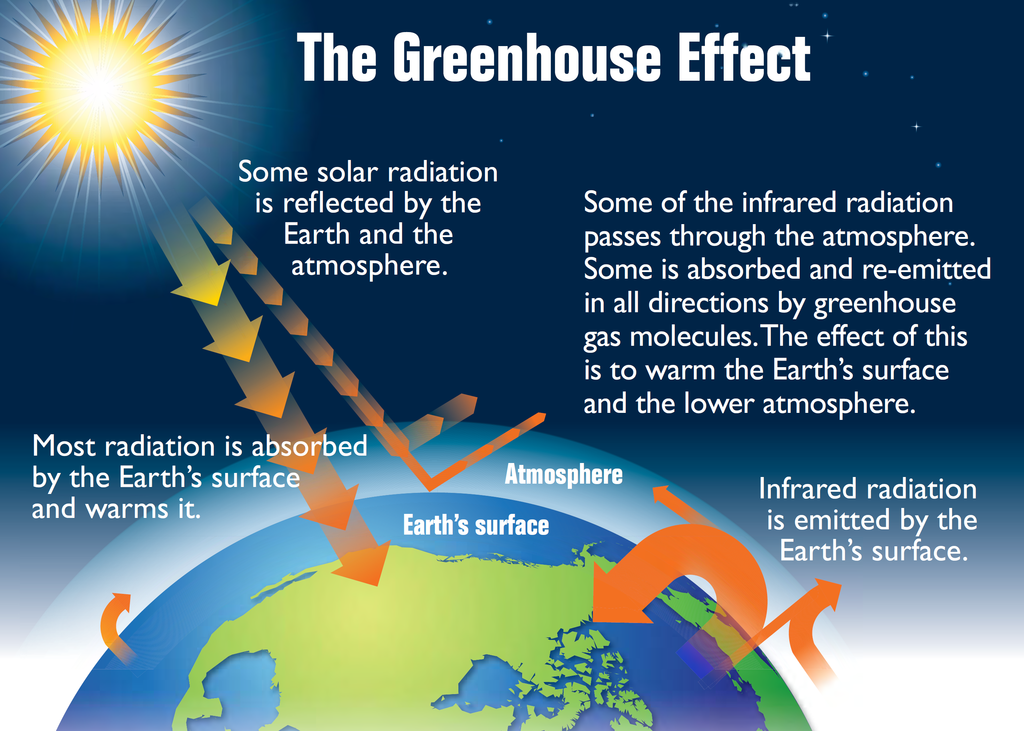RECOMMENDED VIDEOS

Waste Management Sustainability Consulting
Waste Management Inc

Centralised Extraction Systems
Filtermist International Ltd

PP-EKO : Industrial Sewage Treatment Plants
PP-EKO SP.Z.O.O. (Ltd.)

Hoseung Ent. Co., Ltd (HSENT) : Introduction of Company
HOSEUNG Ent. Co., Ltd.

How we measure air quality
Environment Protection Authority Victoria
Related Stories
First paper straw factory in decades to open as UK bans plastic
Beach plastic audit in the Philippines reveals which businesses are the worst polluters
Made from sewage, these “popsicles” reveal the scale of Taiwan’s water pollution
World’s first mobile recycling plant turns trash into tiles
Air pollution is the leading environmental cause of death worldwide
27 Nov, 2015

Paris climate summit primer: what are greenhouse gases?
Resource Recovery & Environment Management | FRANCE | 27 Nov, 2015
Published by : Care 2 Trade
Céline Toubin, Université de Lille 1
Among the many things that are changing the Earth’s climate, an increase in the concentration of greenhouse gases (GHGs) can be singled out as the primary culprit. The issue of how to reduce them will of course be at the heart of the discussions at the upcoming COP21 in Paris, the aim of which is to keep global warming below 2°C.
How do greenhouse gases actually work? They absorb the infrared radiation emitted by the Earth’s surface, keeping heat in the lower layers of the atmosphere instead of allowing it to escape into space. Such a change to the natural balance causes a process called radiative forcing within the climatic system.
Put simply, positive radiative forcing leads to an increase in the Earth’s average surface temperature, while a negative tendency results in a decrease.
The contribution of each greenhouse gas to this process is determined by how its atmospheric concentration varies over the period being measured, and how efficient the gas is in disturbing the balance. Many primary greenhouse gases exist naturally, but the significant increase in their concentration in the atmosphere over the past 250 years can be attributed to human activity.
How many GHGs are there?
The Intergovernmental Panel on Climate Change (IPCC) has listed more than 40 greenhouse gases, including water vapour (H2O), carbon dioxide (CO2), methane (CH4), ozone (O3), nitrous oxide (N2O), sulfur hexafluoride (SF6), and halocarbons such as hydrofluorocarbons (HFC) and perfluorocarbons (PFC).
Water vapour, which has essentially natural origins, is a powerful greenhouse gas that contributes 60% to 90% of the natural greenhouse effect – without the earth surface would have an average global temperature of -18°C.
Ozone (O3) is constantly being created and destroyed through chemical reactions with other molecules. In the troposphere (the lowest layer of the Earth’s atmosphere), human activity has been contributing to the production of more ozone through the emission of gases such as carbon monoxide, hydrocarbons or nitric oxide, which are its precursors. Up at a higher altitude, in the stratosphere, other human-made gases, such as CFCs (chloroflurocarbons) have been contributing by contrast to ozone depletion.
The worst offenders
Among the GHGs with the longest lifespans (up to hundreds of years), there are four that are particularly active whose levels have increased because of human activity:
Carbon dioxide (CO2): One of the most important greenhouse gases of human origin, carbon dioxide is released by the combustion of fossil fuels (oil, coal) and biomass (soil and forests). Its annual emission has increased in recent years and represents, as of 2004, 77% of all human-made GHG emissions.
Methane (CH4): The atmospheric concentration of methane is much weaker than that of CO2, and its lifespan relatively short (10 to 12 years), but it is very efficient at absorbing radiation. It is produced mainly by from agricultural industries and the production and distribution of gas and oil, but a considerable amount also comes from natural sources. Its concentration rose significantly between 1990 and 2005.
Nitrous oxide (N2O): the third most significant greenhouse gas released into the atmosphere, nitrous oxide has 310 times the global warming potential of CO2, and is emitted from agricultural activities, the burning of biomass and through the production of various chemicals such as nitric acid.
Halocarbons: these are man-made chemical compounds that contain carbon and elements from the halogen family (bromine, chlorine and fluorine). Although less abundant than CO2, they are powerful GHGs because their global warming potential is incredibly high (1,300 to 24,000 times higher for fluorine compounds compared to CO2) and they have a very long lifespan. These gases are used in refrigeration systems, aerosols, insulation materials, and in the electrical industry.
Some of these substances, CFCs, were implicated in the destruction of the ozone layer in the 1980s. After the adoption of the Montreal Protocol in 1987, their emission levels have gone down significantly.
Cutting out GHGs
The Fifth Assessment Report from the IPCC on climate change (October 2014), concluded that despite the recognition of their impact on the climate and related policies, worldwide emissions of greenhouse gases have reached previously unseen levels. This happened at a faster rate between 2000 and 2010 than in each of the three preceding decades.
Some of the proposed scenarios to keep the rising mean temperature below 2°C show a need to reduce global emissions of greenhouse gases to between 40% and 70% of the 2010 levels by 2050, and to almost totally eliminate them by 2100.
Céline Toubin, Maître de conférences, Université de Lille 1
This article was originally published on The Conversation. Read the original article.
